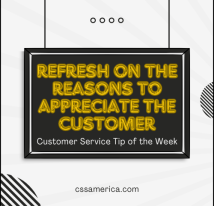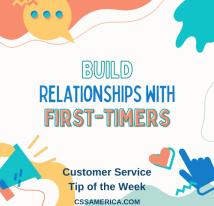Project BOOST is a concept being piloted by The Society of Hospital Medicine. They are working with Blue Cross and Blue Shield of Michigan as well as the University of Michigan to reduce readmissions to hospitals. Modern Healthcare (http://www.modernhealthcare.com/article/20100201/NEWS/302019973/1153#) reported on this project as an example of some creative programs that can be put in place to reduce unnecessary readmissions, which is obviously preferable from the patient’s perspective and helps to manage costs from the facility’s perspective.
What’s especially interesting about the program is that it has a strong customer service component. The program includes a recommended follow-up visit to the doctor within two weeks of discharge to ensure that the patient knows whom to contact, what they need to be doing for themselves, and what to be looking for in terms of post-discharge issues.
To think about this in more general customer service terms, there is a built-in communication step after the patient has left the hospital which ensures that the patient is communicating their situation and their issues back to the physician and also to ensure that the patient is well-educated. To ensure that the patient and their family understand the information being conveyed by the physician/nurses/pharmacists, they use what they call the “teach back” method. This essentially involves the clinician asking the patient to restate what information they were just told.
This is a technique which CSS, our company, teaches to our clients as well. Whether you’re setting expectations or just wanting to make sure you’re on the same page with your customer in terms of what needs to happen next, who’s going to do it, and when it needs to be done, ask the customer to summary those key points back to you. If they can, you’re confident that you’re both on the same page. If they cannot, then you have more work to do to before you close out the conversation.
Learn from Project BOOST. Before the client leaves your business, ensure they’re on the same page with you in terms of what’s going to happen next. And after they’ve left, touch base with your clients a short time after the transaction has occurred to ensure they were satisfied and to keep that relationship-building conversation going.
Interested in improving your company’s customer service? See more information at: http://www.cssamerica.com/





















